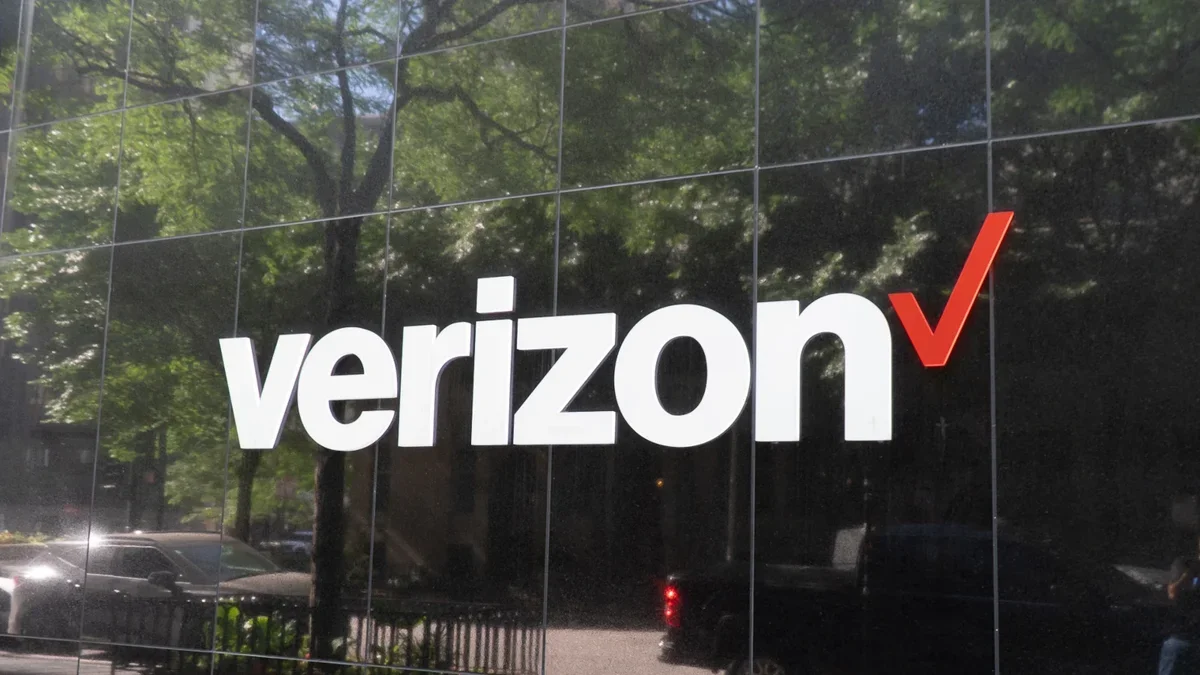Verizon is three years behind its original plan to launch its 5G standalone network in 2020
A 5G standalone network is built specifically for 5G use. It combines a 5G radio access network (RAN) with a 5G core. Improvements include faster speeds and larger coverage compared to non-standalone 5G. It also brings support for higher-density deployments of devices, and support for low-latency and real-time usage. It also supports 5G slicing which uses software to divide single network connections into multiple connections that can deliver different resources to different types of network traffic. And 5G SA offers better security than 5G NSA (non-standalone).
5G standalone networks deliver the superior wireless experience to subscribers
Verizon executive says that 5G standalone needs a little more time
Yet, Verizon last April published a story on its website about 5G standalone and the benefits of 5G (SA). While the story said that 5G (SA) is “what sets Verizon apart,” the article didn’t say that Verizon had launched its 5G (SA) network.
Verizon‘s Russo has stated that 5G (SA) needs a little more time although Verizon is already three years behind its original plan. Russo also said, “We’re doing significant developing and testing to make sure that both the data session and the voice sessions in a standalone world are as good or better than what you would expect in our 4G network today. So we see that in the next several months we’re going to get there, but it was not my goal to be first in deploying standalone. It’s my goal to be best in deploying standalone.”
With all of the confusion and the delays, it isn’t clear yet when Verizon plans on moving its wireless subscribers to its 5G (SA) network.

